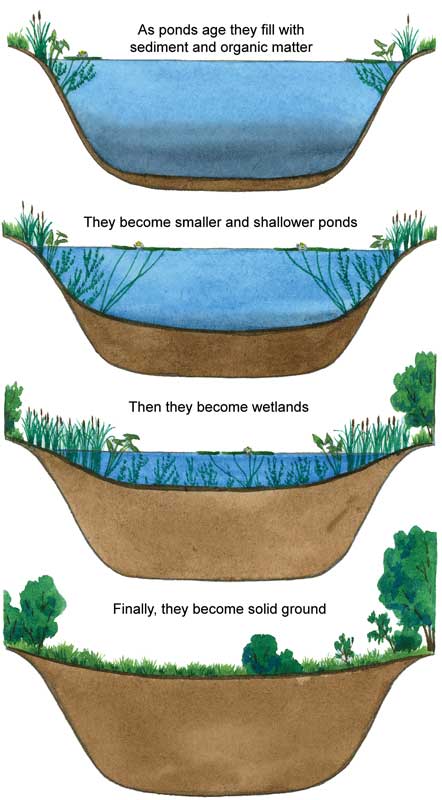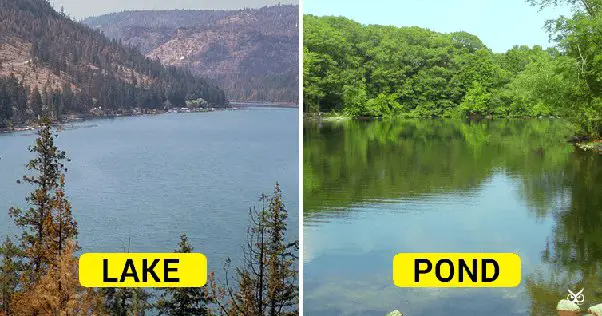Have you ever wondered about the difference between a pond and a lake? The distinction between the two water bodies is not only about their size, but also their depth, ecology, and geological formation. In this article, we will explore the factors that determine when a pond becomes a lake.
Credit: www.quora.com
Size Matters
One of the primary factors that determine whether a body of water is a pond or a lake is its size. However, there is no universally accepted standard measurement to distinguish between the two. Generally, a pond is considered to be a small, shallow body of water, while a lake is larger and deeper.
For many, the threshold size for a water body to be classified as a lake is around 20 acres. However, this measurement can vary depending on regional and cultural differences. In some places, a body of water as small as 10 acres may be considered a lake, while in other areas, a body of water must exceed 100 acres to earn the title.

Credit: www.lacawactrails.org
Depth and Ecology
Aside from size, the depth and ecology of the water body also play a crucial role in its classification. Lakes tend to have greater depth and a more diverse ecosystem compared to ponds. They can support a wider variety of plant and animal life due to their larger size and deeper waters.
Ponds, on the other hand, are typically shallower and may lack the depth necessary to support certain species of fish or aquatic plants. Additionally, ponds are more susceptible to environmental changes and can be more easily affected by fluctuations in temperature and rainfall compared to larger, more stable lakes.
Geological Formation
Another aspect that distinguishes ponds from lakes is their geological formation. Ponds are often formed by natural depressions in the landscape, such as a small hollow or a low-lying area where water accumulates. They can also be created by human activity, such as digging for agricultural or recreational purposes.
Lakes, on the other hand, are typically formed by geological processes such as glacial activity, tectonic movements, or volcanic eruptions. Their formation is often linked to larger-scale geological events that result in the creation of deep, expansive bodies of water.
Conclusion
Ultimately, the distinction between a pond and a lake is not solely determined by size, but also by depth, ecology, and geological formation. While there may not be a definitive measurement to classify a body of water as one or the other, understanding these factors can provide valuable insight into the unique characteristics of ponds and lakes.
Whether it’s a serene pond or a majestic lake, both offer their own beauty and ecological significance, contributing to the rich tapestry of natural landscapes around the world.





